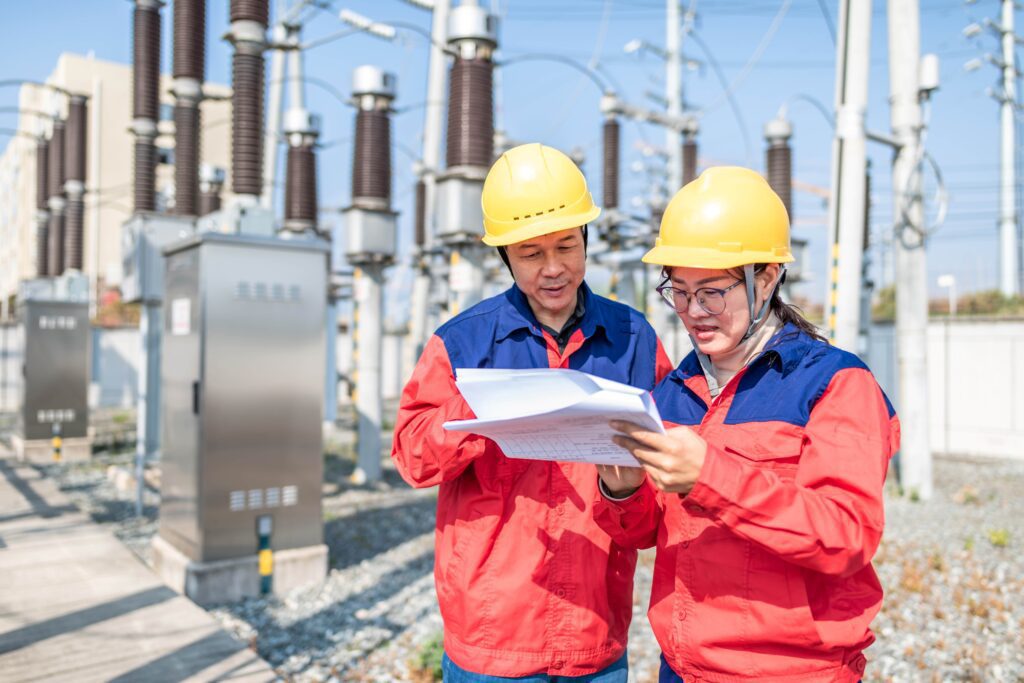
As global organizations rapidly migrate towards low-emission production facilities and industrial infrastructures, biofuels become critical for decarbonizing transportation and reducing our dependence on fossil fuels.
The interest in biofuels is high because greenhouse gas (GHG) emissions from bioethanol, biodiesel, and renewable diesel are 60-80% lower than conventional fuels. As a result, according to the International Energy Agency (IEA), biofuel demand will increase by 28% between 2021-2026 – an increase of approximately 41 billion liters.
Biofuels can be placed into two main categories with very important differences:
- First-generation biofuels are produced from types of biomasses that are often used for food. Grains and starch crops produce bioethanol, while vegetable oils are used for biodiesel.
- Second- and next-generation biofuels, such as renewable diesel, sustainable aviation fuel (SAF), and lignocellulosic ethanol, expand on these traditional resources by developing fuels from non-food sources such as used cooking oil, animal fats, municipal wastes, cellulosic biomass, and algae-based resources, to name a few. These biofuels will continue to grow over the years thanks to policy mandates in various regions.
Biofuel projects can be deployed in a variety of ways:
- Brownfield projects usually involve co-processing inside an operating refinery (low-blended products). Although physically located within a larger operating refinery, the integrated refinery still maintains segregated production.
- Greenfield projects are often characterized by new plants that are either built adjacent to existing facilities, part of a refinery conversion project, or as facilities built as a new standalone plant. Today, standalone greenfield projects are dominant despite higher capital investment costs.
Refineries seeking to meet their decarbonization goals and accommodate the growing biofuel demand are either upgrading their existing plants or building new plants to increase their biofuel processing footprint. It is common for refineries to upgrade elements such as hydrotreaters and to repurpose assets such as storage tanks, loading and discharge jetties, electrical utilities, gas processing, wastewater treatment, and hydrogen supply to produce 100% renewable distillate.
Power and process automation convergence drive biofuel operational cost savings
In the past, the separation of power and process automation made sense. By its very nature, process control is a continuous activity with response times that can extend to several seconds. Conversely, electrical system automation is generally asynchronous, event-driven, and often occurs over a millisecond timeframe.
However, within most industrial sites, electrical equipment interacts with process control frequently and on an ongoing basis (e.g., generators, pumps, compressors, fans, valve equipment, and heating equipment). The converged power and process approach is to broaden data sharing between these two disciplines so that higher production efficiency can be attained.
The industrial internet of things and digitization create the connectivity required for these two domains to be managed more uniformly. These systems can now easily integrate into a collaborative and agile plant control system, making an attainable, cost-justifiable goal once an expensive and daunting task.
According to the ARC Advisory Group, “The fusion of power and automation is a catalyst for operational resilience and improved sustainability across the plant’s lifecycle.” Their report on the benefits of power and automation fusion concluded that by utilizing this fusion:
- CapEx costs can be reduced by up to 20%
- OpEx costs can be reduced by up to 15%
- Profitability can increase by up to 3%
- Energy procurement costs can be reduced by 2-5%; and
- Carbon footprint can be reduced by up to 7-12%
How one refinery integrated power and process automation
One North American Fortune 500 refinery company that manufactures transportation fuels and petrochemical products recently embraced an integrated energy and automation approach. To decrease CapEx, reduce infrastructure footprint, and meet low carbon fuel standards, the company built a greenfield plant, producing renewable diesel next to its existing refinery site as part of its sustainability program. By partnering with Schneider Electric and deploying an EcoStruxure Power and Process solution suite, the company reduced capital costs by 15% and saved space at their existing site.
A consolidated E-house (i.e., a prefabricated modular power distribution center) containing transformers, switches, cables, circuit breakers, uninterruptible power supplies, and precision cooling (among other devices) now connects and interacts with distributed control systems (DCS), safety systems, and turbo machinery control on the processing side to drive faster and more accurate processing decisions.
On the maintenance side, if an issue occurs within the unified system, the technician knows if it’s an electrical or process problem as soon as the incident is reported. The electrical and process experts act as a virtual team. Confusion is eliminated, and the technicians are properly equipped to perform repairs quickly and efficiently.
To learn more about how modern power and process systems can drive higher production efficiencies while lowering carbon emissions within your biofuel operations, visit our EcoStruxure Power and Process or energies and chemicals solutions webpages.



